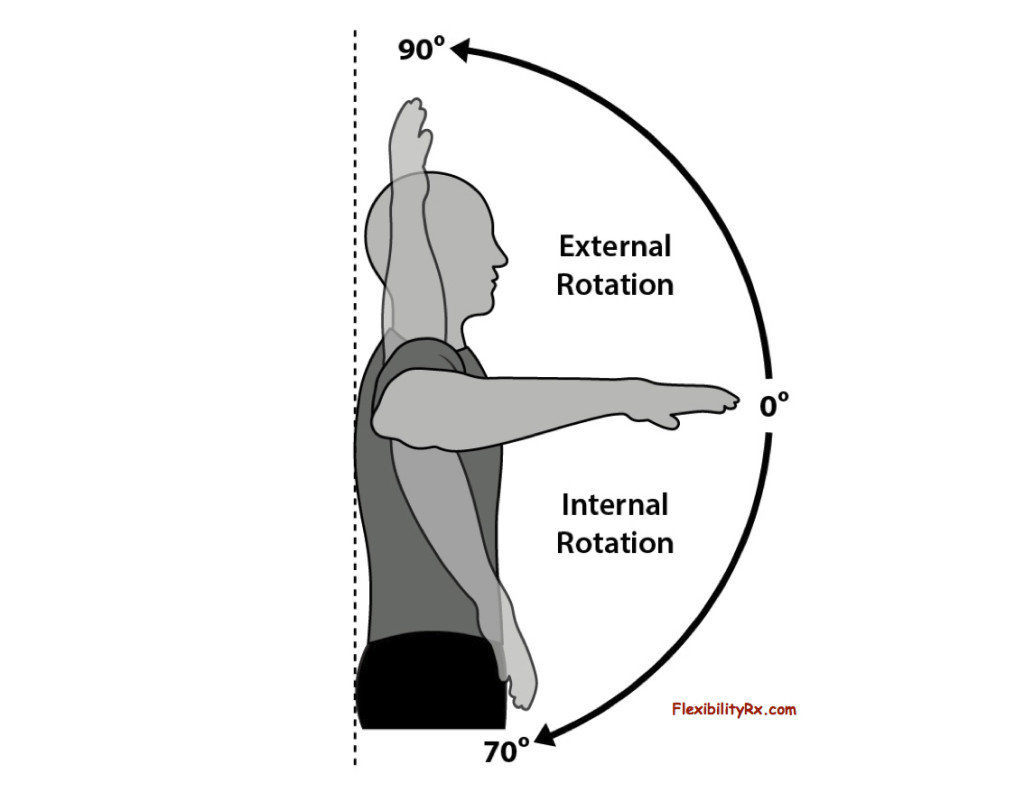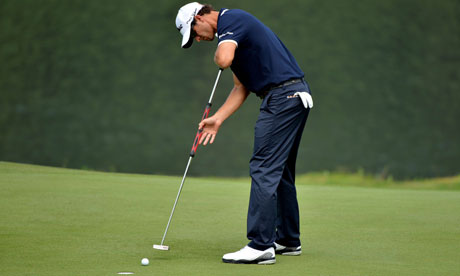In the previous posts I described the Drive Hold Release and the upper and lower body movements that I work on in order to, one day, execute the Drive Hold Release.
In this Swing Journal, I will usually try and focus my efforts on one or the other…either the Upper Body Movements or just the Lower Body Movements.
I find that it generally works best just to concentrate on either the upper body or the lower body, not both at the same time. Sometimes I can do both at the same time, but too much mix-matching between lower body and upper body mechanics tends to mean a larger learning curve.
One of the keen coaching methods I observed was from Bill Parcells. Parcells is arguably the greatest developer of Quarterbacks in the history of the NFL as he not only went to 3 Super Bowls with 3 different QB’s, but each QB regressed after he left and he made lesser talented QB’s like Ray Lucas and Quincy Carter became respectable starters and Vinny Testaverde became a Pro Bowler under Parcells’ watch.
Parcells had a thing with each of the QB’s in where he would remind the QB of ‘when you get into trouble.’ For example, with Tony Romo Parcells would say ‘when you get into trouble, your footwork is the issue.’ With Testaverde he would say ‘you get into trouble when you start audibling too much.’
With that, I’ve got a few of ‘when I get into trouble’ mantras:
1. When I get into Right Pelvic Tilt too early in the downswing (this is a real killer, almost can’t hit the ball out of my shadow).
2. When I don’t get Right Shoulder external rotation in transition.
3. When I don’t get enough knee flex at address (weight gets too much on my toes at address and it’s an impending disaster).
4. When I get ‘lazy’ with my backwing (lack of backswing pivot)
I find this ‘when I get into trouble’ to be more productive than taking notes after each range session. Somedays you’re just not going to have your A Game. You may not quite have the hand-eye coordination you usually do or you may just struggle with concentrating that day. Thus, taking notes after each range session is ‘chasing mechanics’ and often certain mechanics will be incorrectly blames for struggling (while other mechanics will be incorrectly credited for that one day you happen to hit it well).
Find 3 or 4 ‘when I get into trouble’ mechanics and stick with it.
***
As far as my practice goes, here are some tenets that I believe in that have worked for me over the years that I’ve either gained from experience and/or discussing with motor skill learning and neuroscience experts.
You’re trying to ingrain your golf swing, you’re not going to the chiropractor.
If you go to the chiropractor they will try and set you up for appointments 3 times a week. Eventually about a year down the road they’ll cut it back to 2 times a week. And eventually that will lead to 1 time a week.
Why?
Because chiropractors are adjusting your spinal column and at first they need to keep adjusting the vertebrae constantly so the vertebrae will stop moving out of place.
Golfers tend to think that way with their golf swing. They think if they can constantly observe their swing, it won’t get out-of-whack. Instead, they are actually putting themselves on track to never ingrain your swing. You’re better off having issues where you do not execute the mechanics you want in order to eventually have the lightbulb go on that will determine what you have to do in order to properly execute the mechanics you desire.
I use slow motion practice
I’ve found that full-swing, slow motion practice works the best in terms of ingraining new moves. The best way to do it, IMO, is to do it with a ball, in front of a mirror and try to execute the moves *exactly* how you want them. This actually beats over-exaggerating a move. The issue is that I don’t have a full length mirror that I can bring out to the range.
When I use slow motion practice the best, it’s amazing how I can take it to the course and have an out-of-body experience. Not only can I visualize the shot I want to hit in my pre-shot routine, but when I’m really going good I can visualize watching myself hit the shot in my pre-shot routine..
I also like to use Ikkos’ CopyMe Golf system which provides visuals to copy and bring in your swing. The video I’m using now on Ikkos is this one below:
As you watch Sadlowski’s belt you can see how he rotates the pelvis by focusing on his tailbone as well as he doesn’t get into Right Pelvic Tilt too early.
I randomize my practice
Some excellent thoughts from Mike Hebron on the subject.
Casual Rounds are a great way to become Unconscious Competent with your swing.
Dr. Fran Pirozzolo discusses 'massing' versus 'interleaving' practice. Massing is much like going to the range and hitting shot after shot usually to the same target. Interleaving is more like randomizing the practice, but also getting out to the course and bringing what you have been working on to the golf course.
The issue I've found is that the score and 'embarrassment' gets in the way. A golfer starts playing poorly and it's easy to get away from what you've been working on. The brain almost goes into survival mode and reverts back to old mechanics rather than new mechanics. And the different environment of the course where the lies are uneven, there's greater consequences to a bad shot, the wind plays a larger factor, etc. all serve to sabotage the golfer.
By taking score out of the way and putting more focus on getting the mechanics 'right', the golfer can start to use this to ingrain the new mechanics more quickly AND take these mechanics from the range to the course.















